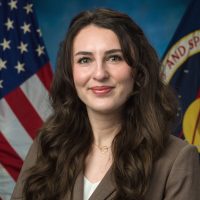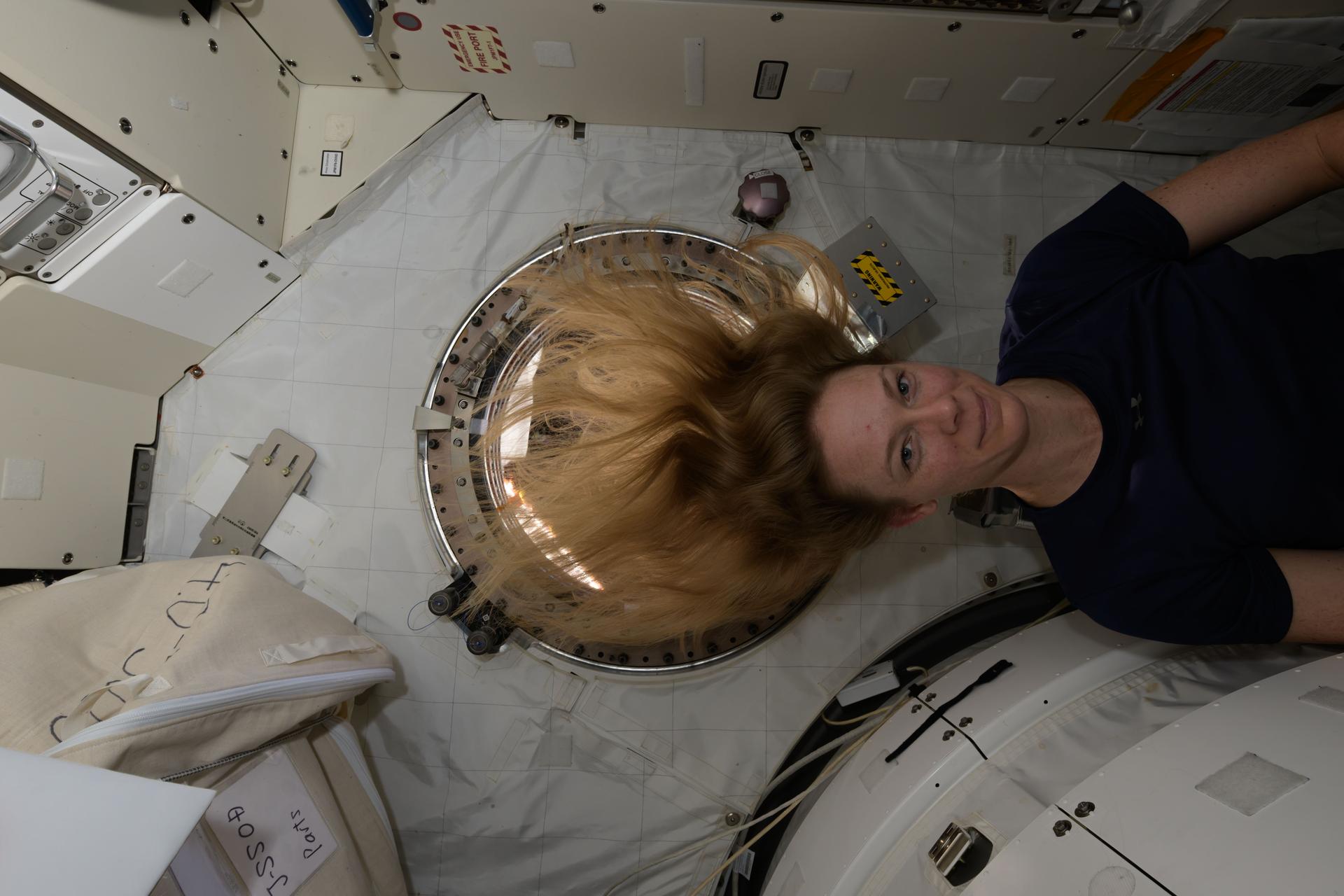Crew Expands on Health Research, Botany and Pharmaceutical Work
A full day of experiment preparations and health research topped Wednesday’s Expedition 73 schedule aboard the International Space Station. The crew expanded on agricultural and pharmaceutical work that began earlier in the week and continued to study how spaceflight affects the human body.
In the morning, NASA Flight Engineers Nichole Ayers and Anne McClain, along with current station commander Takuya Onishi of JAXA (Japan Aerospace Exploration Agency), completed some spacesuit work, installing straps for stowage and later on, an electronics data recorder box and impact shield. Ayers then moved onto work that’s looking at capabilities for producing pharmaceutical ingredients in space that could be used to synthesize medications during future deep-space missions. She removed cassette carriers for the ADSEP-4 investigation, replacing them with a new set for future analysis.
Meanwhile, McClain spent a majority of the day expanding on CIPHER work that began yesterday. CIPHER, or the Complement of Integrated Protocols for Human Exploration Research, takes a full-body approach through a suite of 14 studies to investigate how the human body reacts to spaceflight, insights that could prepare astronauts on future lunar missions. Today, McClain collected a host of biological samples then stored them inside MELFI—the station’s freezer used to preserve science samples at ultra-cold temps—for ground teams to analyze.
Onishi swabbed surfaces throughout various U.S. modules and the Japanese Experiment Module for microbial analysis. He then took to photographing tomato plants currently growing in microgravity for a space agricultural study. These photos will later be analyzed by researchers on the ground to better understand crop growth in space and if crops can be cultivated without photosynthesis. Onishi ended his day unpacking additional cargo from a SpaceX Dragon cargo spacecraft.
NASA Flight Engineer Jonny Kim got straight to experiment prep work in the morning. He deployed the Life Sciences Glovebox—a work area crew members often use for life science and technology investigations—before preparing for a study that builds upon past work to develop nanomaterials that mimic DNA in space. After experiment prep work, Kim moved on to some orbital plumbing and Dragon cargo operations before meeting Ayers at the end of the day, where she then guided a cardiovascular ultrasound scan to measure his blood flow.
Flight Engineer Sergey Ryzhikov of Roscosmos spent the morning throughout the Rassvet, Poisk, and Zarya modules to take inventory of equipment connected to electrical sockets. He then monitored CO2 levels in the Roscosmos segment before updating a collection of computer software. His colleagues, Flight Engineers Alexey Zubritsky and Kirill Peskov took inventory of personal hygiene items before auditing cargo that will be loaded in the Progress 90 spacecraft for its eventual departure from the station.
Learn more about station activities by following the space station blog, @space_station and @ISS_Research on X, as well as the ISS Facebook and ISS Instagram accounts.
Get the latest from NASA delivered every week. Subscribe here: https://www.nasa.gov/subscribe




























